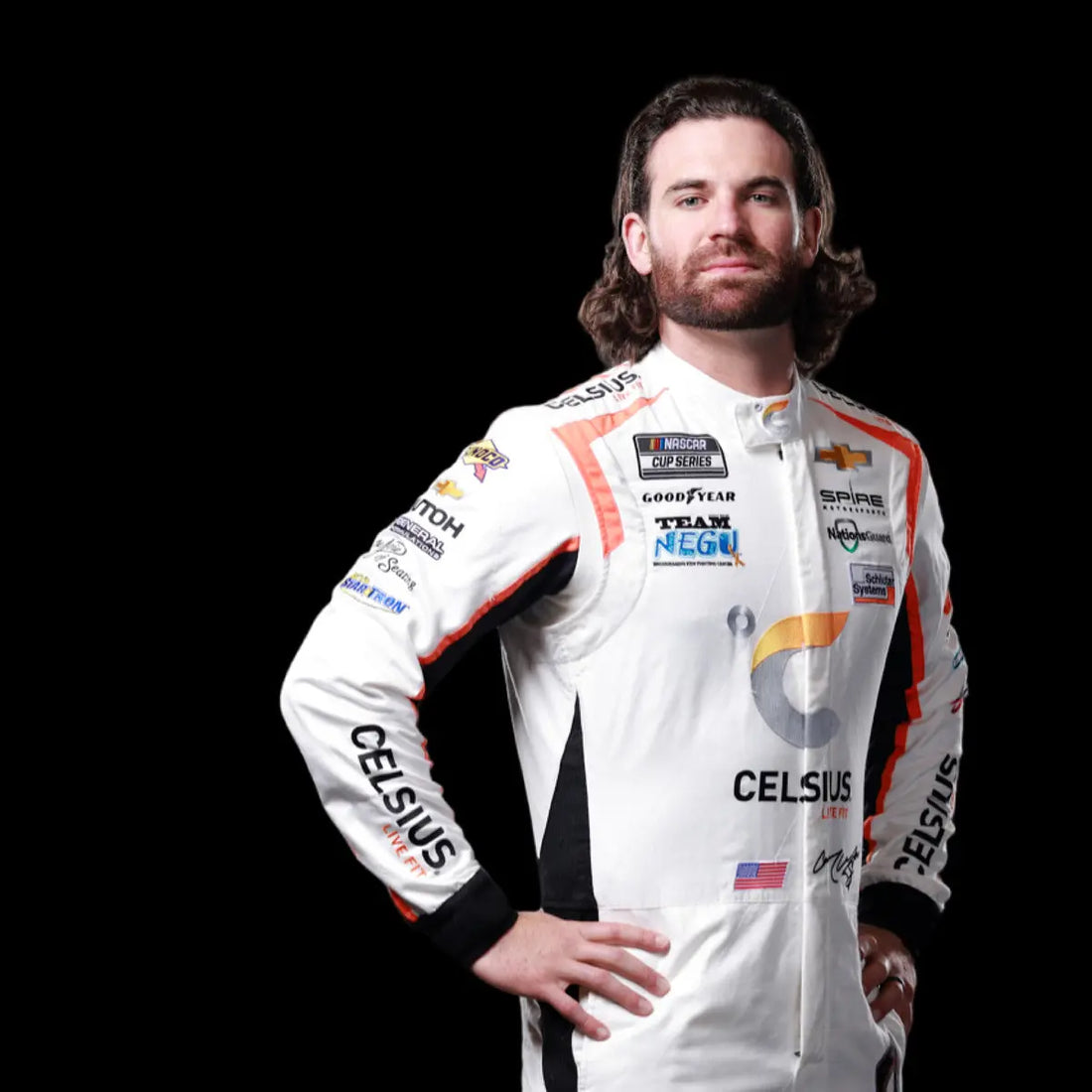The History of Race Suits
Race suits have come a long way since their humble beginnings. Let's explore the evolution of these essential pieces of racing gear.
Early Racing Attire
In the early days of racing, drivers wore simple cotton overalls to protect their clothing from dirt and oil. These overalls offered minimal protection in the event of a crash.
To find out the full difference between an overall and a race suit, click here
Introduction of Fire-Resistant Materials
As safety became a growing concern in motorsports, the introduction of fire-resistant materials revolutionised race suit design. Nomex, a synthetic material, became the industry standard for its ability to protect drivers from fire-related injuries.
Advancements in Technology
With advancements in technology, race suits became more lightweight, breathable, and ergonomic. Manufacturers began using layers of fire-resistant fabrics to enhance both comfort and safety.
To find out what tests the FIA conduct to grant a race suit's homologation, click here
Customization and Branding
Today, race suits are not only functional but also serve as a canvas for personalisation and branding. Drivers can customise their suits with sponsor logos, names, and national flags.
To find out more about race suit logo additions, click here
The Future of Race Suits
Looking ahead, the future of race suits may involve incorporating smart technologies such as biometric sensors and impact-resistant materials to further enhance driver safety.
